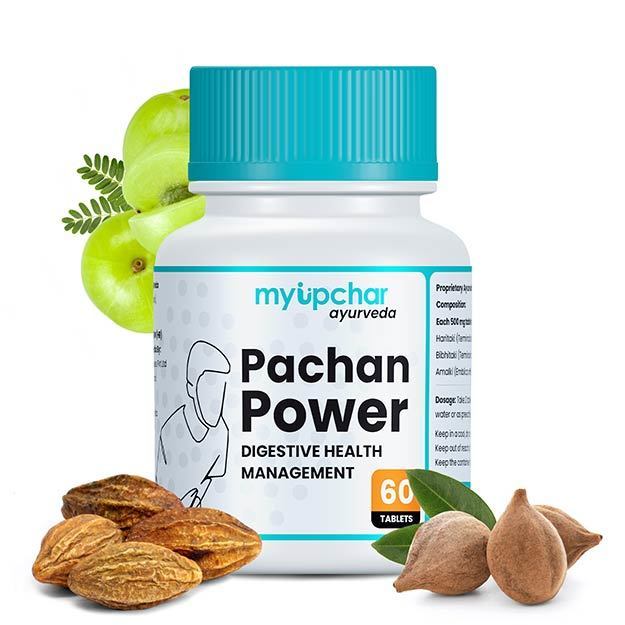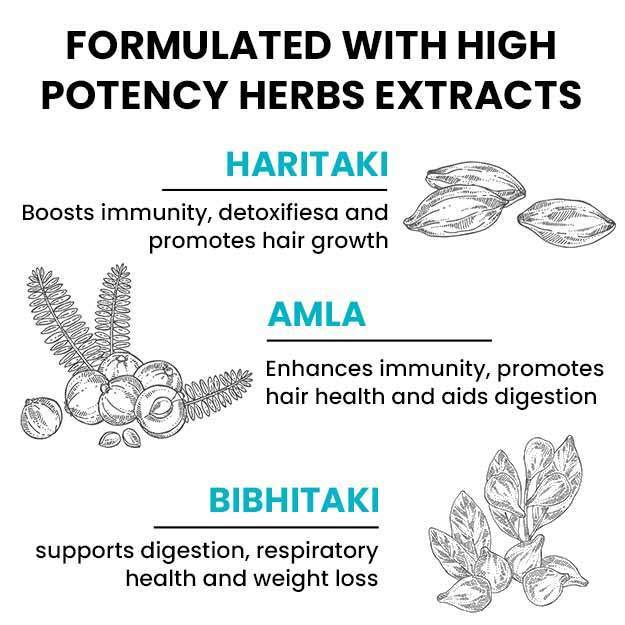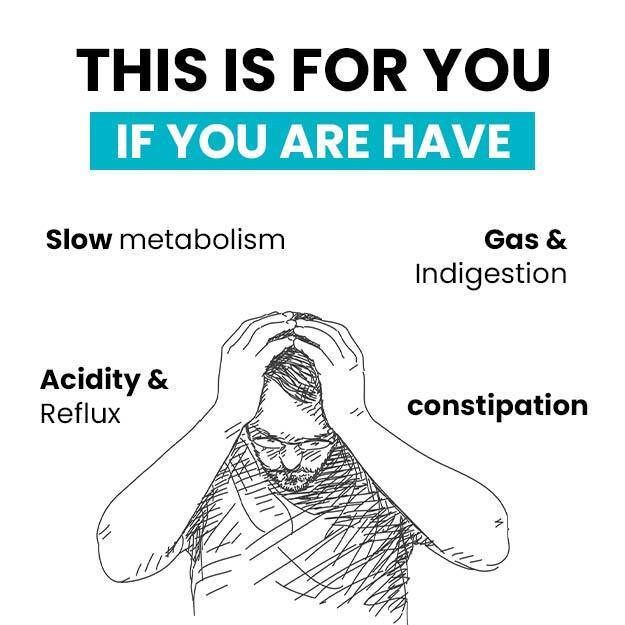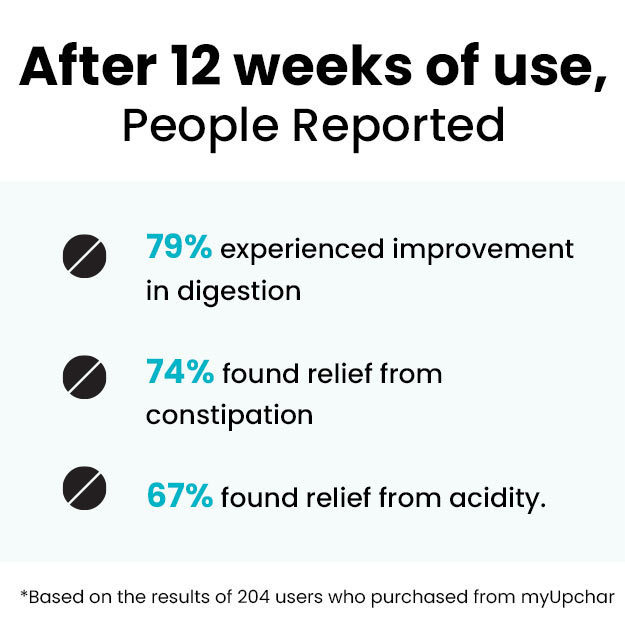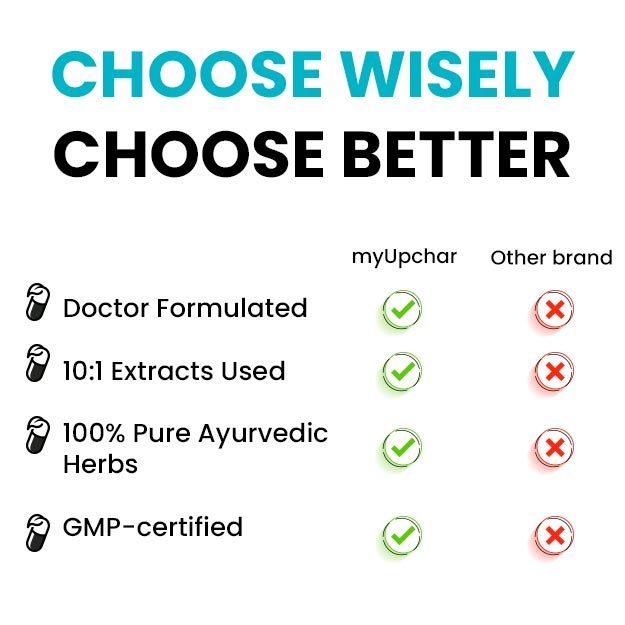Stomach is an integral part of the digestive system. It breaks down food into nutrients, which are used to generate energy for growth and repair of the body. Stomach gas is one of the most common gastrointestinal disorders. It causes bloating of the stomach and abdominal distension, which results in increased abdominal girth. Most commonly, stomach gas occurs due to bacterial fermentation in the gut or on swallowing excess air. It may also be caused due to an underlying condition such as bowel inflammation or obstruction, bacterial overgrowth, renal stones or peritonitis, although, in a majority of the cases the actual cause is unknown.
Common symptoms associated with stomach gas includes passing gas, burping, bloating and stomach pain. A wide variety of digestive and carminative (relieving flatulance) herbs are used for the treatment of stomach gas which includes hingu (asafoetida), adraka (ginger), rasonam (garlic), jeeraka (cumin), jatiphala (nutmeg). Herbal formulations like deodarvyadi vati, hingvashtaka churna and triphala are also useful in improving digestion and providing relief from flatulence. Ayurveda describes consumption of pachana (digestives), along with specific treatments like seka (fomentation) and lepa (coating the affected body part with medications) for stomach gas treatment.





